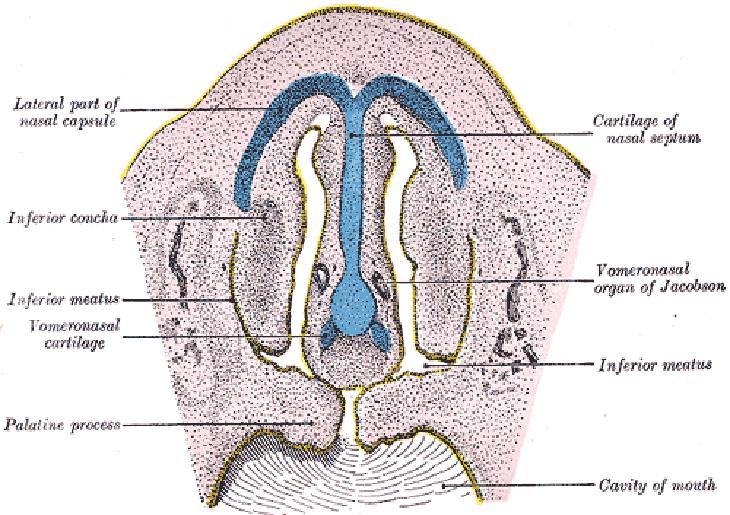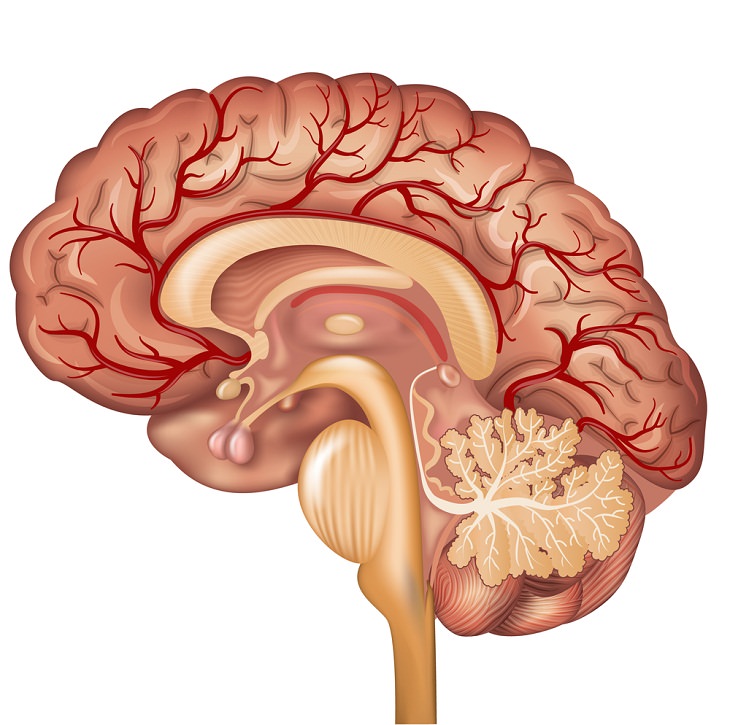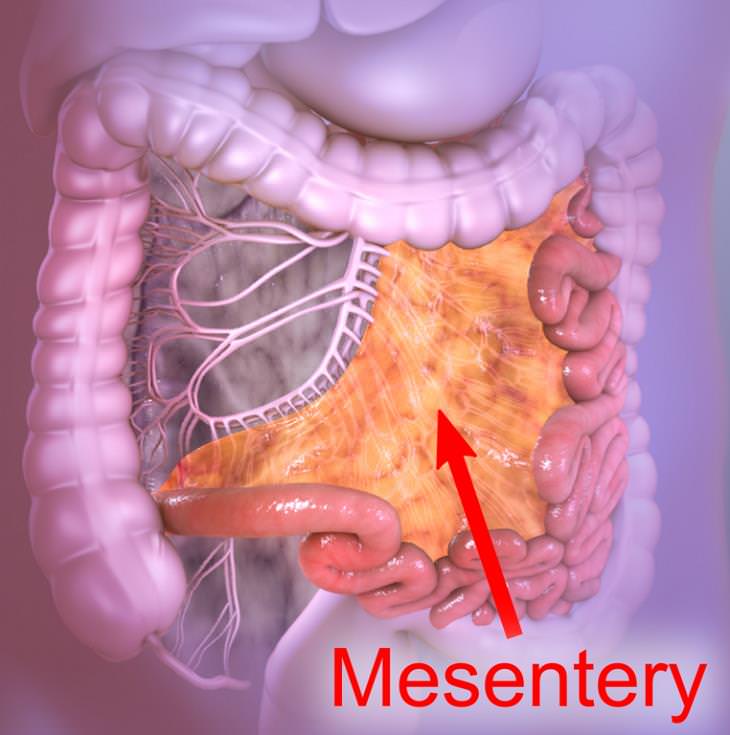The human body is a great mystery that continues to fascinate scientists even today. In fact, there are many secrets of the human body that have been unraveled only in recent years. For instance, do you know you had an eyelid hole? Or that a new body part was discovered as recently as 2016? The truth is that there are several unusual body parts and organs that most of us aren’t even aware of.
Let’s take a look at some of the weird and little-known body parts that you didn’t know you had. Many of them are nonfunctional and a few of them were just waiting to be discovered.
1. Eyelid hole
You may not have noticed it, but there’s a very small hole on the bottom of your eyelids. You can find it by tugging your upper or lower eyelid away from your eye. Don’t freak out if you just noticed it for the first time. The little hole is called lacrimal punctum and is completely normal and totally ordinary.
This hole is located at the inner corner of each eye and leads to the lacrimal duct which helps drain tears from your eye into your nose. Basically, it is a piece of our eyes' guttering and seepage framework. Interestingly, much like our hair, skin color, and height, this little hole differs in size from one person to another.
2. Palmaris longus muscles in the forearm
Palmaris longus is a long muscle of the anterior forearm and is one of five muscles that act at the wrist joint. It runs from the elbow to the palm and is known as one of the most variable muscles in the human body. Amazingly, research has found that more than 10% of humans don’t even have this muscle! But that is nothing to worry about as scientists say the muscle is inconsequential. The presence of the palmaris longus doesn’t give us any extra noticeable arm or grip strength. In fact, surgeons often remove it and use it for reconstructive or plastic surgery in other places in the body.
3. Auricular muscles in the ear
The human ear includes a number of auricular, or extrinsic, muscles that most of us aren’t even aware of. The auricular is made of the anterior auricular muscle, the superior auricular muscle, and the posterior auricular muscle. In many mammals, ear movements produced by the auricular muscles help them detect sound and express emotions. However, in humans, the muscles are considered vestigial or nonfunctional; although few individuals can move their ears voluntarily. Charles Darwin had observed that since humans capture sounds by positioning the head to receive them, they don’t need the auricular muscles.
4. The arrector pili or the goosebump muscles
Have you ever wondered why you get goosebumps? Yes, we know that we feel goosebumps when we are watching a scary scene in a horror film. Even a sudden freezing blast of wind or rise in air conditioning causes our hair to stand up and our skin to prickle.
Goosebumps occur when the arrector pili muscles cause the hairs to stand up. Have you ever heard of these muscles? The arrector pili are small, smooth, involuntary muscles that a person cannot willingly contract. This is the reason that people cannot make themselves have goosebumps. This muscle connects the hair follicle to the connective tissue of the basement membrane. When it contracts, it pulls the hairs into an upright position. This leads to a bulge on the skin surface and the momentarily roughened condition known as goosebumps or gooseflesh occurs. On those areas of the body that do not have much hair or have light hair, you will only see the erect hair follicle and not the hair itself.
5. Jacobson’s organ
The vomeronasal, or Jacobson’s organ helps many animals sense pheromones. In adult humans, it has commonly been regarded as absent or vestigial. It is an accessory olfactory organ situated on the anteroinferior third of the nasal septum. Jacobson’s organ in humans consists of a blind sac with a duct opening anteriorly into the nasal cavity. According to several researchers, serial sectioning of the nasal septum shows the presence of and the location of the vomeronasal. However, the organ lacks sensory neurons as well as nerve fibers and can vary in size and shape.
According to a study published in National Center for Biotechnology Information, Jacobson’s organ “contains specialized olfactory sensory cells that function as afferent neurons in the reception of pheromones via the terminal cranial nerve and also produces gonadotropin-releasing hormone.”
6. Brain vessels connected to the immune system
In 2015, researchers made a dazzling discovery that the brain is directly connected to the immune system through previously unknown vessels. This is a connection researchers had previously thought didn't exist but it has now come to light that while the never-before-seen vessels live in the brain, they are a part of our immune system. These vessels had been hiding in the meninges - the layer of tissue that covers the brain.
The discovery of these vessels (or brain lymphatics) will certainly help us understand the human brain better and could lead to significant new advancements in finding treatments for Alzheimer’s, multiple sclerosis, and other neurological diseases that are related to the immune system.
The revelation of these new brain vessels also raises a lot of new questions and you should expect more revealing answers in the years to come. This new organ might well show us new ways to deal with the conditions of the central nervous system.
7. Mesentery
In 2016, researchers officially added a brand-new organ to the anatomy textbooks known as the mesentery. It is located in our abdominal cavity and is a belt of tissue that holds our intestines in place. The body part was hiding in plain sight in our digestive system but anatomists always believed it to be composed of several different segments rather than being one single structure. However, researchers have now found that the mesentery is, in fact, one single band of tissue. It begins at the pancreas and continues down through the small intestine and colon. It holds these vital organs firmly and helps them maintain their structure.
“Without it, you can’t live,” says J. Calvin Coffey, a Limerick University Hospital researcher, and colorectal surgeon. “There are no reported instances of a Homo sapien living without a mesentery.”
Share this post with those who love science!

 Image source - Wikimedia Commons
Image source - Wikimedia Commons




